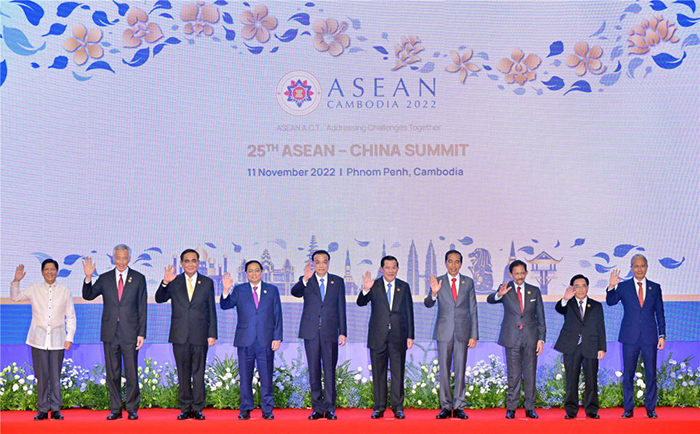Confidence-building measures (CBMs) are planned procedures to prevent hostilities, avert escalation, reduce military tension, and build mutual trust between countries. They have been applied since the dawn of civilization on all continents. In the South China Sea, CBMs are generally evaluated as a little low, especially in the context of rapidly expanding economic relations. Moreover, there is a wide range of doubts about why China and ASEAN member states have taken so long to conclude the Code of Conduct (COC).
As the South China Sea disputes are complicated, and more and more interventions from extra-regional powers since 2009, maritime conflicts and incidents have occurred frequently. There are reasons to worry about the lack of CBMs in the South China Sea.
However, objectively speaking, in the past 30 years, despite the absence of a binding multilateral security mechanism, CBMs in the South China Sea have significantly improved. Although the situation in the South China Sea is turbulent, it has not developed to the high level of confrontation as many people have predicted. This is, first and foremost, the result of restraint by all relevant parties in the South China Sea. Maintaining peace and stability in the South China Sea serves the interests of all parties. Regarding the disputed issues, China has put forward the orientation of "shelving the disputes" and actively building the regional order with ASEAN countries in accordance with the "Dual-track" approach. In other words, the disputes shall be resolved through friendly consultation between China and the Southeast Asian claimants, and the peace and stability of the South China Sea shall be jointly safeguarded by China and ASEAN countries. On this basis, China and ASEAN countries reached the "Declaration on the Conduct of Parties in the South China Sea" in 2002 and are accelerating the consultation of the COC. Besides, China has built bilateral maritime consultation mechanisms with some claimants of Vietnam, the Philippines, and Malaysia, which play an essential role in stabilizing the situation and managing disputes.
In the Joint Statement on The 20th Anniversary of The Declaration on The Conduct of Parties in The South China Sea, released on November 11, China and the ASEAN member States recognize the benefits of having the South China Sea as a sea of peace, friendship, and cooperation, and commit to maintain and promote an environment conducive to the full and effective implementation of the DOC and to the early adoption of a substantive and effective COC.

The 25th ASEAN-CHINA SUMMIT in Phnom Penh, Cambodia. Source: Xinhua
This is a typical East Asian way. Although there is no binding security mechanism, all parties still maintain the seemingly fragile peace and stability through mutual restraint, strategic communication, and policy dialogue mechanism.
Compared with economic cooperations, CBMs are usually more challenging to reach. According to the United Nations, "At present, too few military CBMs are in place. Many regions lack even the most basic military CBMs." In economics, states value absolute gains more than relative gains. On the contrary, in security, states value relative gains rather than absolute gains. Compared with most regions/Hotspots of the world, like the Middle East and NATO-Russia, in the past 30 years, the achievements of the CBMs of the South China Sea are much more remarkable. Of course, at present, the quality and level of CBMs in the South China Sea are insufficient. Thus, more wisdom and effort are needed.
In the future, we need to strengthen the binding or normative CBMs and move to the stages of Communication and Constraint to Transparency and Verification, Moreover, we need to pay attention to the role of the non-binding CBMs like Communication and Constraint because the latter is the basis of the former, as well as the solidification of the former's achievements.
Especially in the South China Sea and East Asia, how we handle disputes is very different from that in the Western world. To be sure, the experiences of CBMs in one region can stimulate problem-solving approaches in other regions. However, because of different situations among different regions, there are limits to transplanting an experience from one region to another. The crux of the issue is not whether the details of CBMs are binding but whether the relevant parties have the will to exercise mutual restraint and manage disputes. As mentioned before, CBMs, especially binding ones, are usually difficult. We must work hard, but we cannot rush the process and should not be over anxiety. Both DOC and COC are active attempts by China and ASEAN member states to strengthen CBMs in the South China Sea region. Consensus and accommodating the comfort level of all parties are very important in the ongoing COC consultation. Although the outcome is not yet known, the consultation itself is building the CBMs in the South China Sea.

